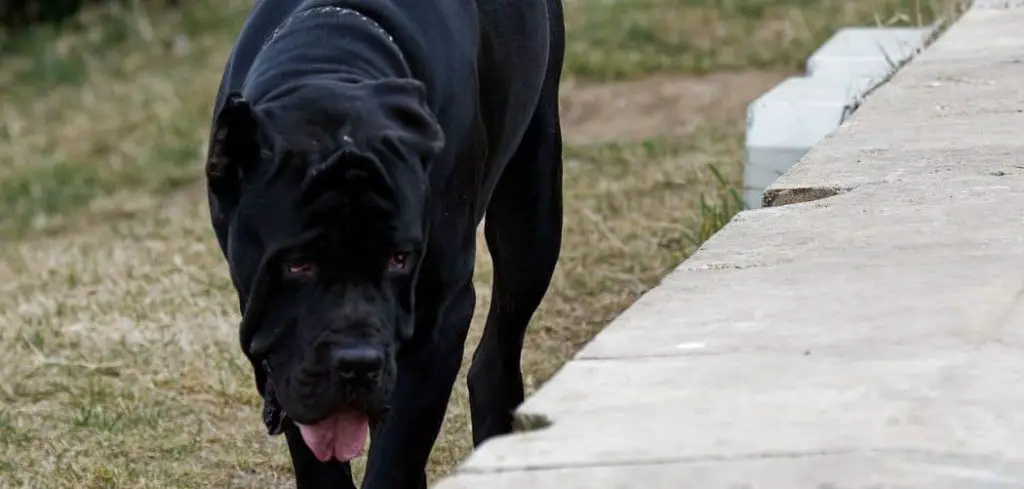Seeing your dog shake and wobble can be distressing. These symptoms often point to serious underlying issues involving the nervous system, inner ear, or muscular control. While occasional tremors might be harmless, persistent shaking and balance loss usually require immediate veterinary attention.
We outline the common causes of dog shaking and wobbling, what you can do at home, and when to seek veterinary help.
Table of Contents
Why Is My Dog Shaking and Wobbling — Why It Happens
Dogs shake and wobble due to vestibular disorders, neurological conditions, toxic exposure, or metabolic imbalances. These symptoms indicate a loss of control over motor coordination and muscle stability, and they can progress quickly if left untreated.

Common Causes of Dog Shaking and Wobbling
Vestibular Disease
One of the most common causes of wobbling in dogs is vestibular disease.
This affects the inner ear and balance centers, leading to symptoms like head tilting, stumbling, falling, and shaking.
It can develop suddenly and may be caused by infections, inflammation, or be idiopathic (no known cause).
Older dogs are especially prone, and while many recover with time and supportive care, a vet visit is essential for diagnosis.
Neurological Disorders
Conditions like brain tumors, spinal cord injuries, encephalitis, or degenerative myelopathy can cause poor coordination and tremors.
Dogs may shake involuntarily and appear unstable when standing or walking.
You may notice additional signs such as abnormal eye movements, weakness in the limbs, or behavioral changes.
These issues often require advanced diagnostics like MRI or CT scans and should be addressed urgently.
Related: Dog shaking and not eating (Causes and what to do)
Toxin Ingestion
Certain toxins—such as antifreeze, moldy foods, pesticides, or plants—can affect the brain and nervous system.
Shaking, wobbling, drooling, vomiting, and seizures may develop quickly.
This is a medical emergency. Prompt treatment can prevent permanent damage or death.
If you suspect poisoning, go to an emergency vet immediately and bring the suspected substance if possible.
Hypoglycemia (Low Blood Sugar)
Small breed dogs, puppies, or diabetic pets are vulnerable to low blood sugar, especially if they miss meals or overexert themselves.
This can cause tremors, weakness, confusion, and trouble standing.
Immediate intake of a glucose source—like honey—may help stabilize mild cases, but veterinary care is crucial to prevent recurrence.
Read more: Why Is My Dog Shaking and Unbalanced (What it means)
Seizure Activity or Post-Ictal Phase
Seizures can present with shaking followed by a recovery phase (post-ictal) where dogs are disoriented, wobbly, or unsteady.
This can last for minutes to hours, depending on the seizure’s severity.
If your dog is recovering from a seizure, keep them calm, safe, and closely monitored.
Multiple seizures or prolonged symptoms need urgent vet evaluation.
What to Do If Your Dog Is Shaking and Wobbling
Immediately remove your dog from stairs, sharp objects, or slippery floors to prevent injury.
Provide a calm, soft environment where they can rest safely.
Avoid offering food or water if they can’t stand or swallow normally.
Record a video of the symptoms to show your veterinarian—it’s helpful for diagnosing intermittent events.
Do not give human medications unless instructed by your vet.
When to Call or Visit Your Vet
Seek immediate veterinary care if your dog:
Cannot stand or keeps falling over
Shakes violently or has seizure-like activity
Shows confusion, glassy eyes, or loss of bladder control
Has a sudden onset of symptoms
May have ingested something toxic
Fast medical intervention can be lifesaving, especially in cases of toxin ingestion or neurological emergencies.
Read more: Dog Shaking and Can’t Walk (What to do when mobility is lost)
Key Takeaway
If your dog is shaking and wobbling, it’s a strong signal that something is wrong with their neurological or physical health.
Act quickly, protect them from injury, and get a professional evaluation to uncover the root cause.
With fast and accurate treatment, many dogs can recover and return to a comfortable, stable life.
